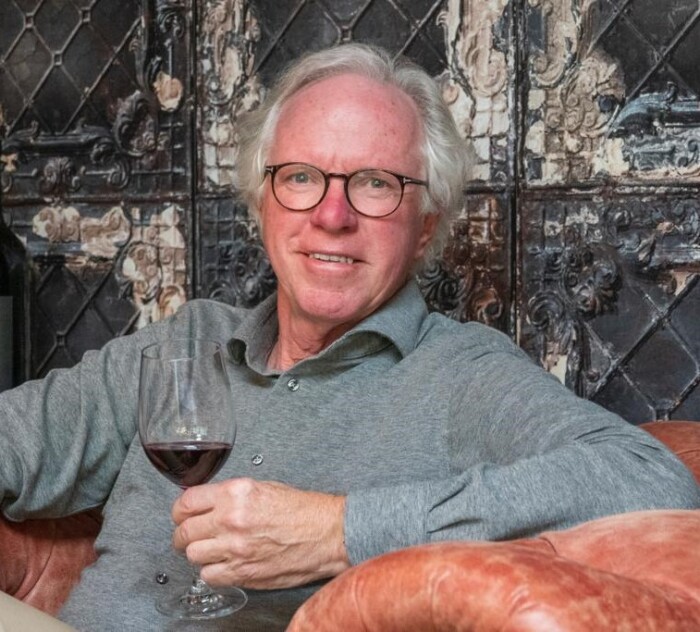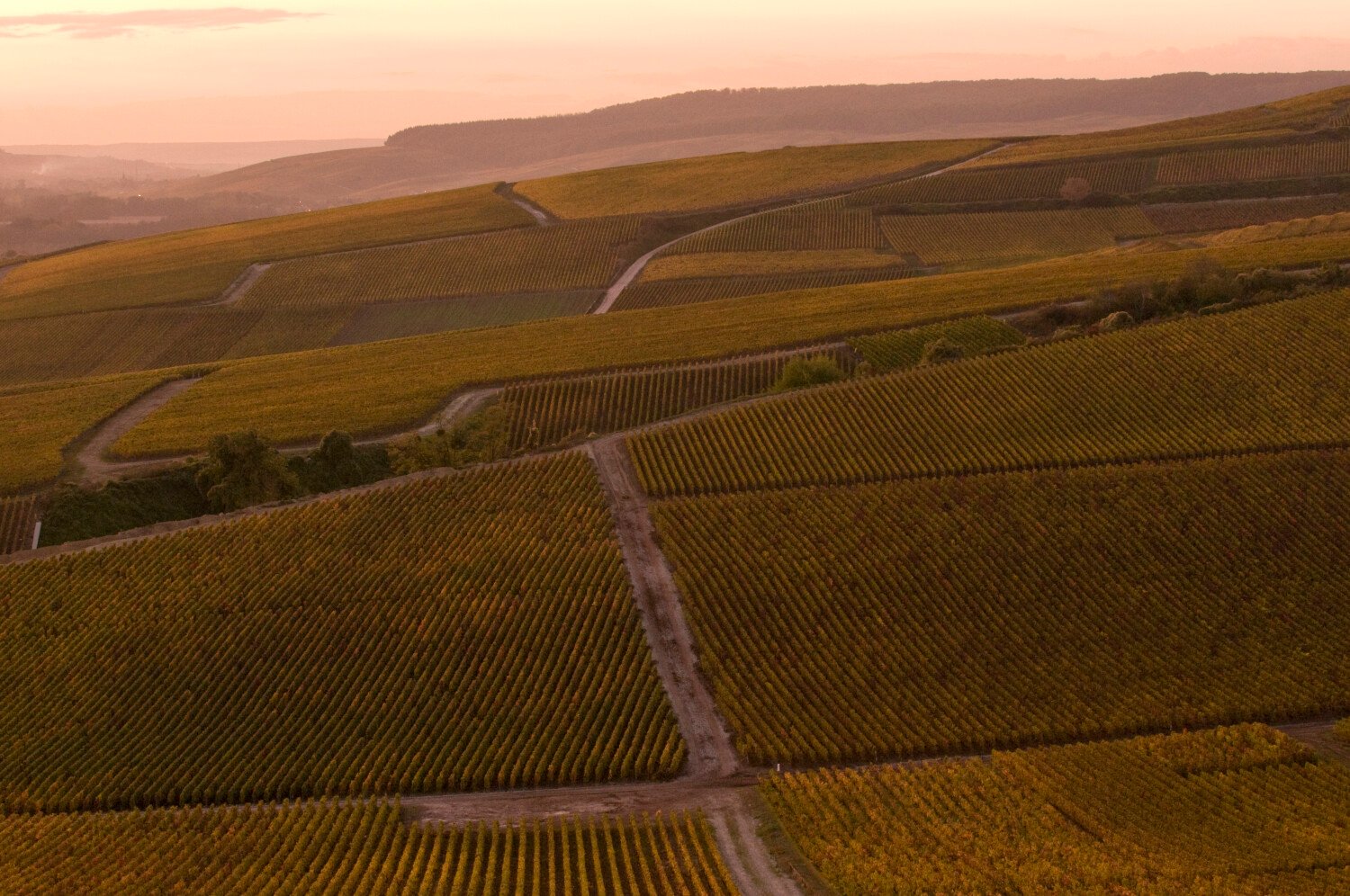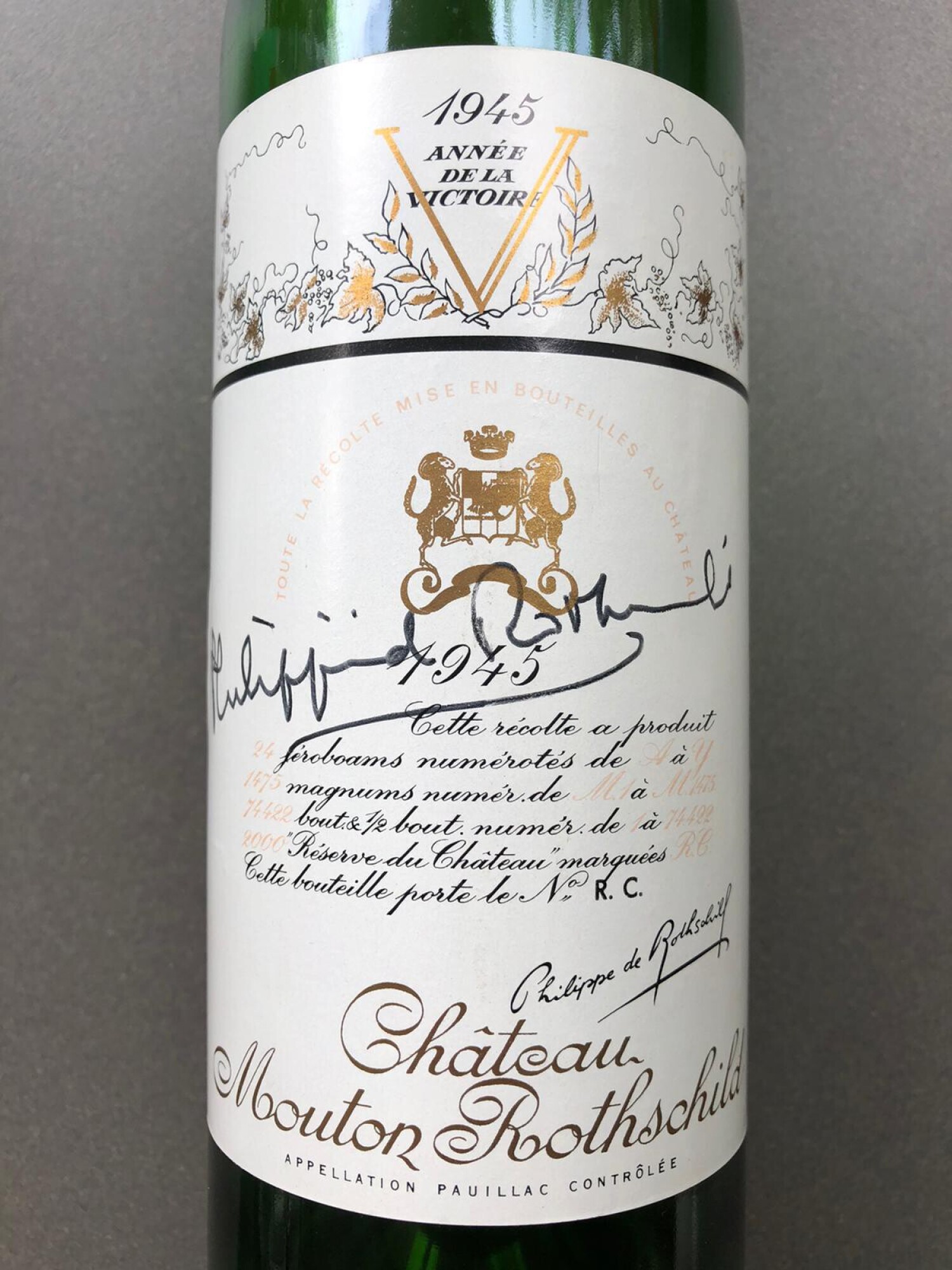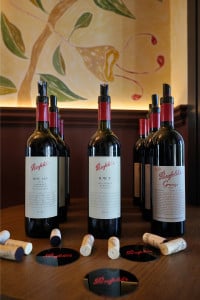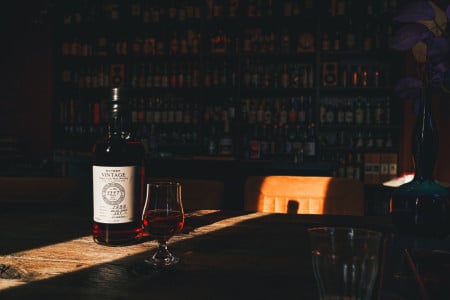Any tips for Burgundy appellations we should keep an eye on?
The Côte d'Or is of course the heart of Burgundy. This is where the Burgundy wine-growing region derives its fame from. But for two reasons the attention will increasingly shift to other districts and other wine villages in the time to come. What am I saying, in the near future? No, now. The reasons are the high prices of the aforementioned crus, which many wine lovers can no longer afford, and climate change. Burgundy lovers are diverted to Chalonnais, Mâconnais, and Auxerrois/Chablis. Those are areas where finally some money is being made and the intelligent producers are investing that money in the quality of their wines. Where dad was still a member of the cooperation and was paid per kilo, son and daughter now work artisanally, organically, focused on quality, with the result that Rully, Mercurey, Givry, Montagny and all those beautiful villages in the Mâconnais are becoming increasingly interesting. Just like the villages in the second line of the Côte d'Or, which are Saint-Aubin, Saint-Romain, Auxey-Duresses, Fixin, Marsannay-la-Côte, and the three villages of the Les Maranges appellation. The same goes for the Hautes-Côtes de Beaune and the Hautes-Côtes de Nuits. The fact that these villages are located in the second line also means that they are often higher up or further north, and that is and will be an advantage given the climate change.
What applies to Fixin and Marsannay, applies even more to Chablis and the wide surrounding area. The French once called this area, with a good sense of exaggeration, 'la petite Sibérie de la France', but due to climate change, this has long been obsolete. Chablis is still the oyster water and you can taste the green apple, but nowadays the grapes can also ripen well here. Chablis 1er Cru and Chablis Grand Cru can measure up to Meursault and Puligny, but the prices are lower by a third.
In light of the impacts of climate change, do you expect us to be drinking syrah from Pommard in 20 years?
I don't think we'll see Syrah in Pommard, Volnay, or Gevrey in 20 years. I think every effort will be made to maintain the red Burgundy and pinot noir duo. A lot of research is already being done into suitable rootstocks, more suitable clones, and mass selection is also being used to find those rootstocks that can handle higher temperatures. Furthermore, new forms of vineyard management are being sought. This also includes new forms of canopy management. So no, I don't suspect that syrah is coming to the north.
To conclude, can you tell us about your ultimate wow-moment with a bottle of wine?
At the risk of sounding arrogant, the first thing that comes to mind is the lunch with Baroness Philippine de Rothschild and the bottle we drank together: Château Mouton Rothschild 1945. The wine was divine after more than half a century. That definitely was a wow! But that moment together with her and the rather special story behind Mouton 1945 was perhaps even more special. It was the first label that Philippe de Rothschild, Philippine's father, had illustrated (except for a one-off promotion in the twenties of the 20th century). The label says 'Année de la Victoire' and that was very special and emotional vintage for Philippe. Philippine signed the bottle for me and I still have that empty bottle. (Under this article you will find a photo of Gert's signed bottle of Mouton 1945)
A different wow was of course in Burgundy, in Vosne, at Domaine de la Romanée-Conti. There are actually many wows, but let me mention La Tâche 1966 and La Tâche 1964. Both unforgettable.
But I will end with the one and only wow and that was the time I got lost in Burgundy as a student and a kind stranger helped me on my way again. As told before, that kind stranger turned out to be a winegrower and he showed me his cellar. I had never been to a wine cellar at the time. The only knowledge I had of wine was the supermarket's Pinard that came in Tetra Pak. That man let me taste the latest harvest of three red Burgundy wines from the barrel, one after the other. The vineyards of those three wines lie in a circle of no more than 500, 600 meters. All three wines were different, each with its own taste, its own character, but the frame was the same: elegance.


